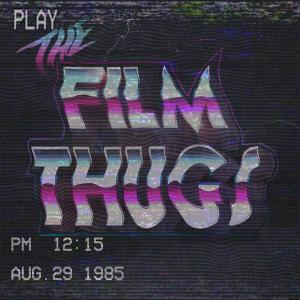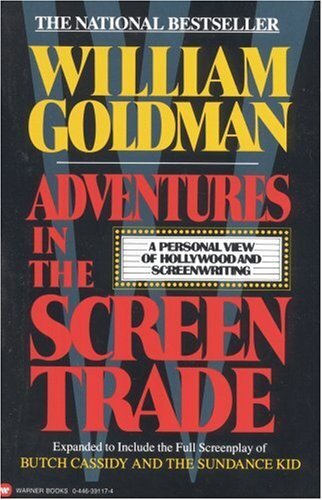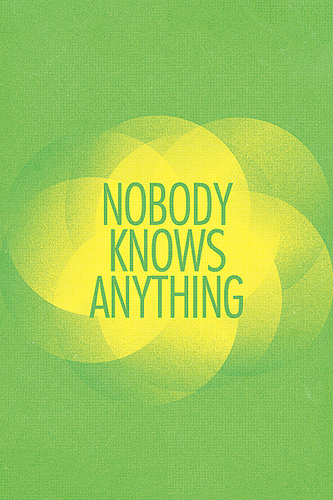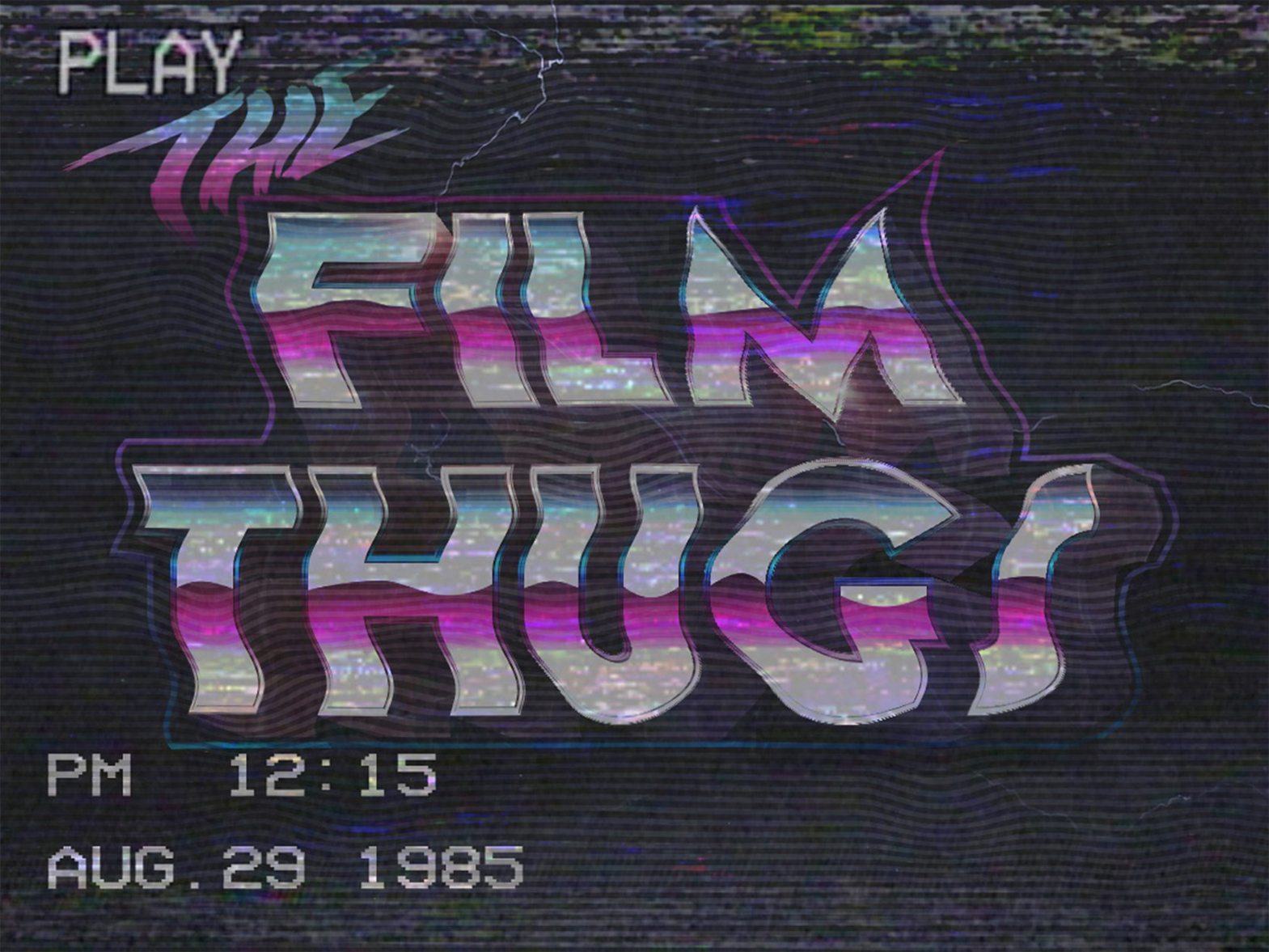Episodes

Monday Dec 13, 2010
A BOOK REVIEW!!!
Monday Dec 13, 2010
Monday Dec 13, 2010
Why is making movies so hard? Yeah, it’s a big business with a lot of people and money involved, but so are a lot of things. Is it really that much more difficult.
Let’s look at a recent release.
It started as a thriller for Gene Hackman and Justin Long, when that fell through it was turned into a romantic action comedy starring Chris Tucker and Eva Mendez, that fell apart and it was revised into a script considered, but passed on, by Adam Sandler, then by Gerard Butler, Cameron Diaz then found out about it, asked her friend and former co-star Tom Cruise to get involved, Tom said yes and brought in SEVEN new writers to work on it. During the course of these changes it has been called “All New Enemies,” “Trouble Man,” “Wichita,” and finally “Knight and Day.”
Is this a good movie? I have NO idea. Haven’t seen it. Don’t plan to see it. Why not? Because it looks like a less enjoyable experience than being shot in the leg, that’s why. But think about it. How can anything that goes through all of those changes even have a chance of being good?
But how and why does it go through all that.
William Goldman comes as close as possible to answering that question in his book, “Adventures in the Screen Trade.” Bill Goldman, for those who don’t know, is a screenwriter with 28 writing credits and 2 Oscars. His films include “Butch Cassidy and The Sundance Kid,” ‘All the President’s Men,” “Marathon Man,” “Misery,” “The Princess Bride,” “A Bridge Too Far,” and “Chaplin.” This guy knows the business about as well as anyone out there.

Why is the process so difficult? Because, as he says right off the bat, rule #1 in the movie business is simple:

Nobody does. Not a damned thing.
Why is this movie more popular than that? Nobody knows. Why is that star bigger than that? Nobody knows. Will this wildly popular book, director, writer, and star combine to make a wildly popular movie? Nobody knows. Nobody knows why, nobody knows why not. That is the overall guiding principal of this book and the industry.
I say this without qualification. This might be the best book I’ve ever read. It is brilliantly well written, very easy to read, and absolutely fascinating. He gives you a guided tour of everything from the insanity of writing/adapting a screenplay, to securing a green light, all the way through finishing the film.
The book is divided into four parts and begins with a section called “Hollywood Realities,” that discusses “The Powers That Be” (Stars, studio execs, directors, and producers), as well as “Elements” (L.A., agents, meetings, etc.). This is more a look at the industry as a whole rather than at a particular film.
You know that the industry is insane, but you really don’t know how insane. This section goes into that subject at great length. He covers everything from the insanity of dealing with a studio to the pampering of stars to the difficulty of balancing reality and believability in film.
He also discusses “the auteur’ theory, the French idea that the director is the “author” of the film, a thought he dismisses as utter BS. With the number of people directly involved in the look, the flow, and the narrative arc how is it possible to credit one person with authorship? I had never thought of it that way before. Also, he makes a very strong argument that this idea destroyed Hitchcock. Once all these brilliant upstarts began to praise him as infallible he began the weakest run of films of his career. Is there a connection? Maybe, maybe not, but it is impossible to ignore the correlation.
The second part is dedicated to his “Adventures” and highlights the particular madness that is writing a film and beginning production. He goes through a few of his works in a fair amount of detail and shows the different issues that will pop up (from new studio heads who will kill any of their predecessors projects, to directors who will try to kill productions just to stick it to a studio they have a problem with).
Part three is all about “Butch Cassidy and The Sundance Kid.” This is probably the most honest part of any book I’ve ever read. He not only discusses the joy of working on that film, but also the problems he has with it as a more seasoned writer. Not only does he talk about what he sees as the films flaws, but also the times when he argued with the director about things he admits to being wrong about.
Part four is one of the most interesting sections to any book I’ve ever read. Here he takes a short story he wrote long enough ago to have forgotten, presents the full text, discusses the different strategies to adapting it, then writes a screenplay for it. Then, to take it a step further, he sends the story and the script to a production designer, a cinematographer, an editor, and a director (George Roy Hill, no less) and gets their input on how to make his script into a film. Nothing will ever give you a more to the point reason for how movies turn out how they turn out. The problems and differences of interpretation that arise are varied and valid, and all leave you wondering how anything ever gets made.
Basically, the book introduces the fact that “nobody knows anything” and goes on to prove that beyond a shadow of a doubt. It’s still true to this day. If you got George Clooney, Brad Pitt, Sandra Bullock, Julia Roberts in a move directed by Spielberg would it be a hit? Maybe. Maybe not. Nobody has any way of knowing.
Look at “Oceans 12.” On the surface there is no reason this thing didn’t make a metric ton of money. Yeah, it sucked. But a lot of movies that suck make a ton of money. For some reason, this one didn’t. Why? Nobody knows.
If you like movies but don’t care for reading, you will love this book. If you like reading but don’t care for movies, you will love this book. You couldn’t ask for a better written, more insightful, or a more fascinating book than this.


No comments yet. Be the first to say something!